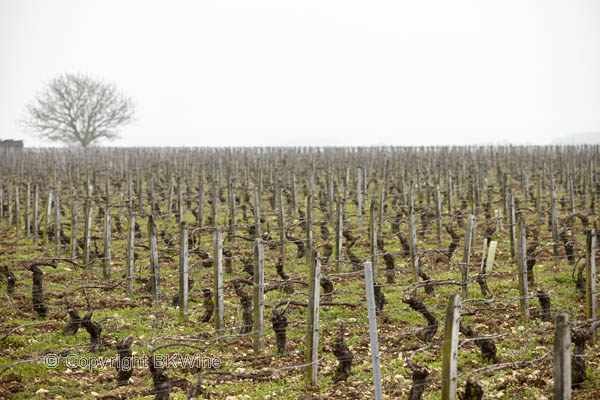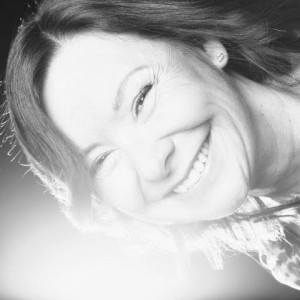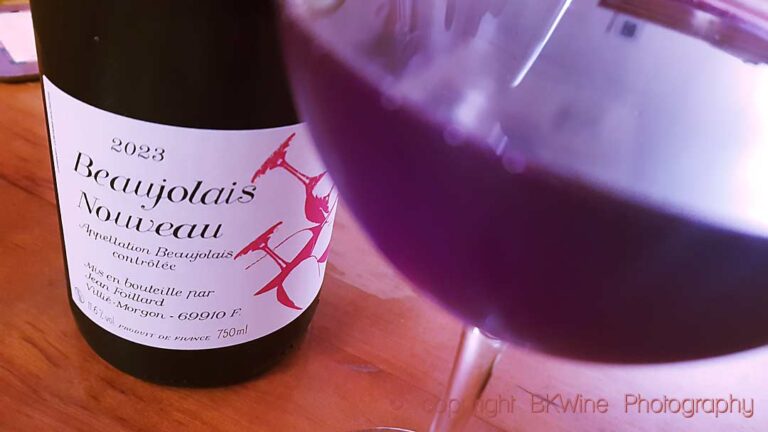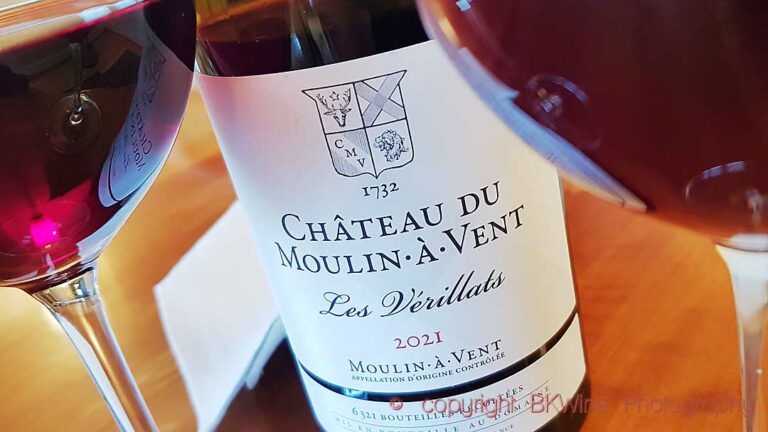Are there any differences in wines made by female winemakers and male winemaker? Do women make different wines? Maybe that was the hypothesis, or maybe it was just a (good) excuse to invite a number of talented female winemaker to a work-shop on the International Women’s Day. BKWine’s Anette Zellen Soderstrom investigates and reports on femininity and masculinity in wine.
Should there be a special day just for women in the wine industry? Working with wine has always been a male dominated activity, at least in terms of the “important” work. Women have been involved in picking and in sorting, but not more than that. Now, of course, historically there have also been capable women, just look at Madame Louise Pommery.
In conjunction with International Women’s Day Terrific Wines, a Swedish wine importer, organised a meeting with female winemakers at the Sheraton Hotel in Stockholm.
Regine le Coz
Regine le Coz talks about her vision for giving women a voice in this male-dominated profession. It was not until she was 32 years of age that she became aware of wine, but then dived in with enthusiasm. For the 8th time she organises the wine competition Femmes et vins de Monde in which only female jurors judge the competing wines. The competing wineries do not have to be specifically male or female. It is a very prestigious award where winemakers around the world can win awards; bronze, silver or diamond.
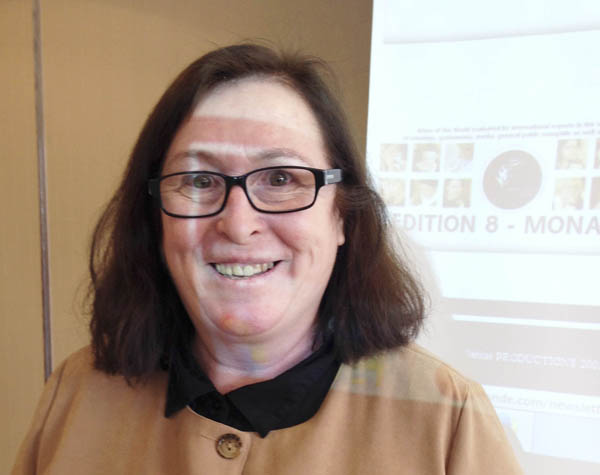
We tasted several wine winners from the contest in 2013, among them a cabernet sauvignon from Cyprus, some whites from Romania, Spain and the Czech Republic.
All wines are tasted blind and judged by groups of 5 jurors in each group. The only thing revealed about the wines are colour, residual sugar and alcohol. After all juries have tasted the wines the scores are compiled and in most cases all agree, according to Regine. Even the packaging is important and will be the final element in the score which determines what award the wine eventually gets.
It is only Femmes et vins de Monde which has a Diamond award, but to retain this unique medal award, they had to sacrifice gold (awarded in past years).
More about wine competition Femmes et vins de Monde.
The next man on the floor is, of course, a woman.
Francoise Feuillat-Juillot
Francoise Feuillat-Juillot comes from Montagny (Côte Chalonnaise). She started working at the winery several years ago. The man who then owned the vineyard had no heirs and when he died she took over the vineyard with the help of investors and even bought a few other estates nearby. None of the vineyards is particularly large, the largest being 4 ha and the smallest 0.15 ha.
In all glasses she presents premier cru wines, all with completely different characters.
Some are crunchy and minerally, like wine from Chablis, while others are buttery smooth. All have an acidity that makes your teeth want to take little break.
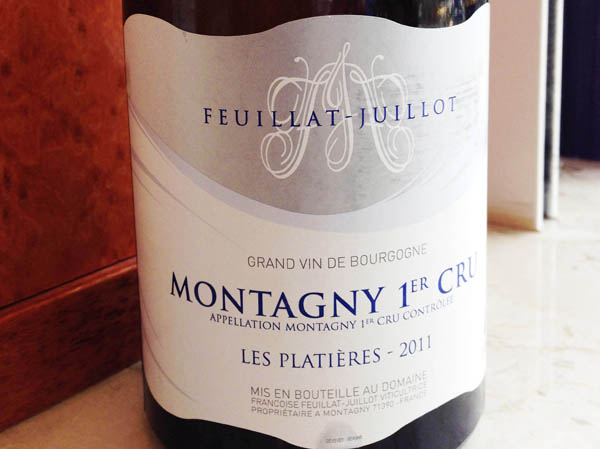
An extra honorary mention to the Montagny 1er Cru Cuvee Les Grappes d’Or 2011. A fantastically well-balanced chardonnay with grapes coming from several different vineyards. Drink now or in a few years.
My favourite wine of this flight may be a wine that I will run to Systembolaget to buy: Montagny 1er Cru Les Coeres 2011 ~20€.
The grapes come from 60-80 year old vines making the wine extremely complex. The yield is low because of the old vines and only 10,000 bottles are made (4 hectares of vineyards). It has been aged in new oak barrels, making the wine soft and well balanced. Francoise likes to eat fish for this wine.
Are these wines feminine? Maybe not, but it shows in her motto: passion, emotion and elegance. Her website has a very feminine touch: www.feuillat-juillot.com.
Sarah Goedhart, Hedges Family Vineyards
Sarah Goedhart comes from the Hedges Family Vineyards, Red Mountain Washington State. Sara rather talks about Washington State than about herself. About a lovely dry area that gets roasting hot during the day but freezing at night. Which of course is good because the grapes must get rest and recovery. The result is ripe, plump grapes where the acidity is still good. Green grapes have a harder time to thrive.
Hedges is a relatively new winery. It started as late as 1987, and the entire family is involved in the winery. Sarah assists her uncle who is the winemaker, one of her brother is interested in art and has created beautiful labels.
The flagship is the HFE Red Mountain 2010 (~20 euro). Very crowd-pleasing, caramelly fragrance and smooth aftertaste with black currants and chocolate fudge. Grape blend: cabernet sauvignon, merlot, syrah, cabernet franc and malbec.
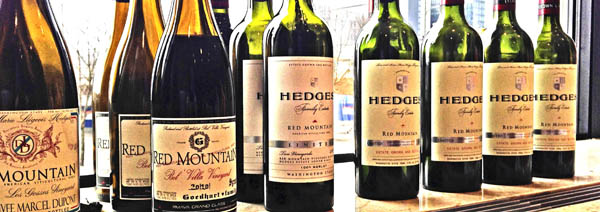
They make some really good wines from syrah, especially Bel Villa Vineyard Syrah 2010 (~22 euro). On the nose like a Crozes Hermitage, cool wine with black currant and pepper, I would be happy to keep this a year or two.
They also make a merlot which I thought was a fortified wine when I smelled it, but that was dry, tasty and balanced. Also a cabernet sauvignon that was a textbook example with aromas of black currant, cedar and tobacco. Even on the palate the black currants were obvious but also a more mature taste of cedar, leather.
Last up was a malbec that smelled and tasted blueberry, as a dessert, but without being sweet.
These wines are not at Systembolaget yet.
Clotilde Davenne, Les Temps Perdus
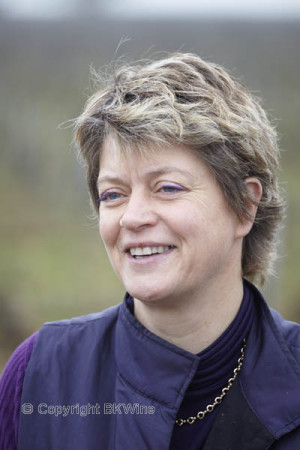
For 17 years Clotilde was responsible winemaker at Jean-Marc Brocard, an experience she had great benefit from when she took the plunge and became self-employed.
Her wines are crisp, dry and elegant, with my favourite being the Chablis Grand Cru Le Clos 2008, it does not get much better than this. The price is of course a hefty 50 euro.
In the spring I will buy me some Bourgogne Rosé 2013 (released on May 2). Only 12-14 euro. Be prepared for a raspberry and strawberry symphony without being jammy in any way. This is good to drink as it is or with some canapés.
We also got an unusual show of sauvignon blanc from Burgundy! In Saint Bris, just outside of Chablis, you can find Clotilde’s vineyards with sauvignon blanc grapes, a real exception to the “chardonnay only” rule in Burgundy and very peculiar. The older wines do not behave like any other SB that I have drunken before.
We had a vertical tasting of Saint Bris Sauvignon Vielles Vignes. The 08 in magnum is available at Systemboalget for ~ 40 euro.
Saint Bris Sauvignon Vielles Vignes 2012: Apparent SB fragrance but more nettles than elder flowers; in the mouth gooseberry, citrus, high acidity but still full-bodied. Way too young.
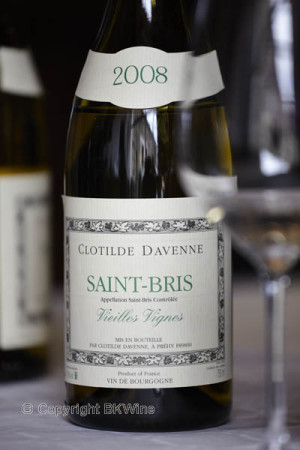
Saint Bris Sauvignon Vielles Vignes 2011: earthy, full-bodied nose, SB aromas are less clear. The flavour has grass and green tones with clear minerality.
Saint Bris Sauvignon Vielles Vignes 2010: This comes from a magnum bottle and shows clear SB notes in both flavour and aromas, elder flower, nettle, minerals and acidity.
Saint Bris Sauvignon Vielles Vignes 2009: Full-bodied but more floral scent than the above, SB notes are hard to find in both aroma and flavour, behaves more like a chablis.
Saint Bris Sauvignon Vielles Vignes 2007: An incredibly well-balanced SB, hard to recognise on the nose, but tastes delicious of white flowers, with a touch of green notes. The acidity is still there but is more enveloped.
Saint Bris Sauvignon Vielles Vignes 2006: Smells of tropical fruit, almost sweet, I find absolutely no SB in smell or taste that which is soft, balanced, some citrus but more towards orange, pineapple.
An interesting tasting. I intend to buy a magnum and keep it a few years before I open it to get the tones of 06 and 07.
More on Clotilde Davenne here: www.clotildedavenne.fr [divider_flat]
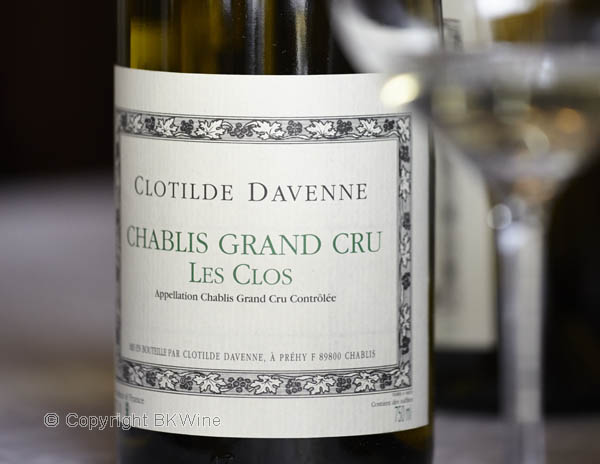
Giulia Negri, Barolo Girls
Giulia stands at the front of the room, obviously delighted that so many people come to listen to her. A little bit embarrassed, she begins by saying “you who know so much, do you really come and listen to me who knows so little?”
That happens to be a major understatement. Giulia, who in spite of her only 22 years has a lot of years behind her of interest in wine and winemaking, knows very, very much.
Her great- grandfather began planting vines on the estate in Barolo. White truffles grow on the estate and with some sparkle in her eye, she talks about her crazy grandfather who pulled up every vine. He wanted to cultivate truffles, planted lots of trees for the truffle to thrive, but it did not grow. It was her parents who planted new vines and it is obviously worked out very well.
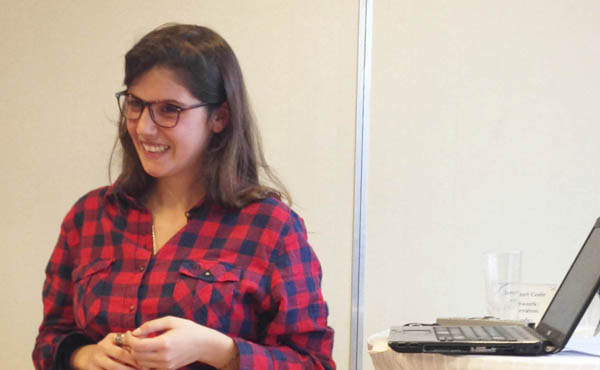
The part of Barolo where Giulia grow her grapes are high up on beautiful south-facing slopes, very close to the truffle area.
In March she will graduate from university, and then she will put all her time into winemaking. However, it feels as if that venture has been ongoing for some time. At 18 she worked in a vineyard in Burgundy since her love of pinot noir was so strong. It still is and she took clones from both pinot noir and chardonnay with her and grows these grapes together with nebbiolo.
Pinot nero is her innovation in the vineyard, and right now she does a lot of experimenting to get it right. It will not be like in Burgundy, but she is obviously proud of her experiments.
It makes you happy to sit and listen to this girl, the energy is palpable and I am dying to taste her wines.
Pinot Nero 2012: clear raspberry tones. It is delicious, lots of fruit and raspberry, good balance between acidity and distinct tannins that will no doubt be rounded off in the future.
Pinot Nero 2011: the nose is like a pinot noir but the taste is a bit different, violet, tannins. Blind, I would probably have put the wine in Italian, but the grape? No idea if I would have pinpointed it. Nice wine and easy to drink.
Barolo la Tartufaia 2009: roses, cherries on the nose and flavour as well, softer than what I am used to with nebbiolo grapes, but still needed food with it.
Barolo la Tartufaia 2008: roses, cherry here too, but also nuts and mushrooms, a little fiery, still full of tannins but on the right path.
Barolo la Tartufaia 2007: Giulia’s first vintage, this smells wonderfully of cherries and warm weather. The palate is soft, round, with cherry and an aftertaste of liquorice. Drinking well now.
Barolo la Tartufaia 2005, still with the colour intact, the nose and taste has cherries and liquorice. Very tannic, can be aged.
Barolo La Tartufaia 2008 is available in Sweden for ~28 euro.
I do hope that her pinot neros come to Sweden. They were fun to taste and above all delicious.
If it is a Barolo that is required for dinner then I will choose hers, but not until the 2008 has calmed down a little.
Paula Fernandez Trabanco: “mencia, a grape worth waiting for”
We then head to the Bierzo region in Leon in the region of Castilla y León in Spain. Laura, who is here today to help Paula says that Bierzo is a very fertile area with vegetables and fruit trees. Not until you reach the very top of the mountains you find the vineyards. There the roots struggle on the slopes, gravel and shale makes a well-drained surface. The steep slopes means manual harvest.
The wines for today’s tasting come from the small appellation DO Bierzo.
First an everyday wine, Baltos 2011, ~10 euro. It is grown at 400 meters altitude. Aromas of cedar wood, black currant, tobacco, in other words clean cabernet style, but also a bit of sweetness. The aging is first in French barrels and then in American. I would have placed this wine in California with its little sweetish vanilla scent. Not really to my taste, but I am pretty sure many would love this.
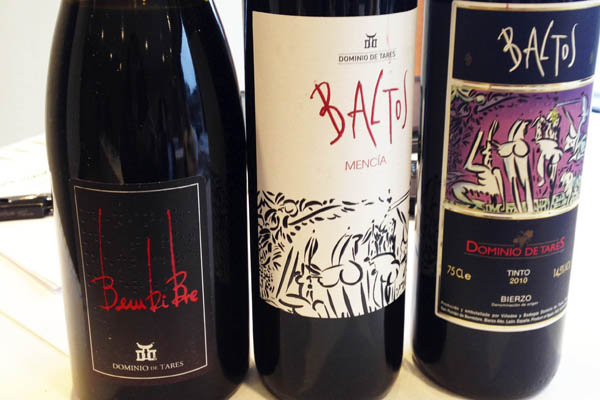
Then a vertical tasting of Bembibre:
Bembibre 2008: Fairly neutral nose to begin with; after a while cedar wood and dark fruit. Grown at 700-800 m. Old vines make it an incredibly complex wine taste with distinct black currant notes and caramel in the finish. Good structure, but still a bit edgy.
Bembibre 2007 (~27 euro). The bouquet has plums, leather and tobacco. The taste is round, elegant, more towards dried fruit; leather and caramel in the aftertaste.
Bembibre 2006 (~28 euro). Similar on the nose to the 07 but also with violets. In the mouth ripe, berries, fiery flavour. Clear but balanced tannins. Difficult year weather-wise, which made the wine extremely concentrated.
Bembibre 2005: Let’s get it over with and say it. This is a smash hit. A fantastic year with perfect weather makes this wine a real favourite, and now I understand the name they choose for this tasting. The grape mencia IS worth waiting for. Soft with berries, not nearly as sweetish in the taste and nose as the other vintages. The aftertaste has cherry and liquorice. This is delicious!
A fun and different tasting with the grape mencia where one can summarize that it is certainly one worth waiting for!
After a full day with these amazing women I wonder if there is any difference. I mean, feminine or masculine?
One thing is certain, they are brave and adventurous. One thing the winemakers I met all have in common is the desire to experiment and I also have to say that the wines are very elegant in general.
When I ask them what challenges they think they have as women, most agree that it is just a question of keeping at it. They have been around for so long that it does not present many problems anymore. In the U.S., it is no problem whatsoever; in France there are prejudices and long history of opposition to female winemaker. Or as Giulia said “it’s probably more my age than my sex that is of concern right now.” This particular problem will disappear fairly soon, a girl with very thick skin and, despite her age, already very experienced.
The tasting was organised by Terrific Wines.
Anette Zellén Soderstrom writes on BKWine Magazine mostly about wine and wine tastings in Stockholm. She is an avid wine taster with a long tasting experience and is currently studying to become a sommelier.
[box type=”info” style=”rounded” border=”full”]
If it is by pure chance or if it is for some other reason it so happens that many of the winemakers we visit on the BKWine wine tours are women. Come on a wine tour and meet the winemakers and judge for yourself. Is there any difference?
Travel to the world’s wine regions with the wine experts and the specialist in wine travel.
[/box]
